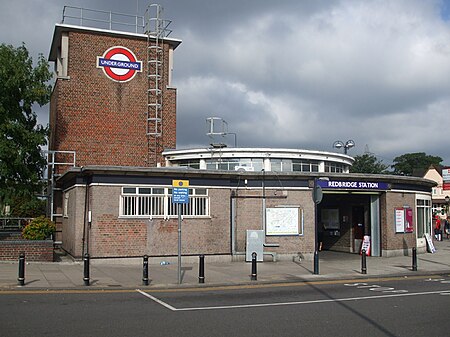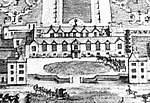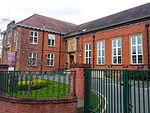Redbridge tube station
1947 establishments in EnglandArt Deco architecture in LondonCentral line (London Underground) stationsCharles Holden railway stationsGrade II listed buildings in the London Borough of Redbridge ... and 14 more
Grade II listed railway stationsLondon Underground Night Tube stationsLondon stations without latest usage statistics 1415London stations without latest usage statistics 1516London stations without latest usage statistics 1617London stations without latest usage statistics 1718London stations without latest usage statistics 1819London stations without latest usage statistics 1920London stations without latest usage statistics 2021London stations without latest usage statistics 2122Rail transport stations in London fare zone 4Railway stations in Great Britain opened in 1947Tube stations in the London Borough of RedbridgeUse British English from August 2012

Redbridge is a London Underground station on Eastern Avenue in the Redbridge district of Ilford in North East London, on the Hainault Loop of the Central line, in Zone 4. It opened on 14 December 1947 as an extension of the Central line to form the new part of the Hainault loop.
Excerpt from the Wikipedia article Redbridge tube station (License: CC BY-SA 3.0, Authors, Images).Redbridge tube station
North Circular Road, London Redbridge (London Borough of Redbridge)
Geographical coordinates (GPS) Address Nearby Places Show on map
Geographical coordinates (GPS)
| Latitude | Longitude |
|---|---|
| N 51.57574 ° | E 0.04489 ° |
Address
North Circular Road
North Circular Road
IG1 3SS London, Redbridge (London Borough of Redbridge)
England, United Kingdom
Open on Google Maps








